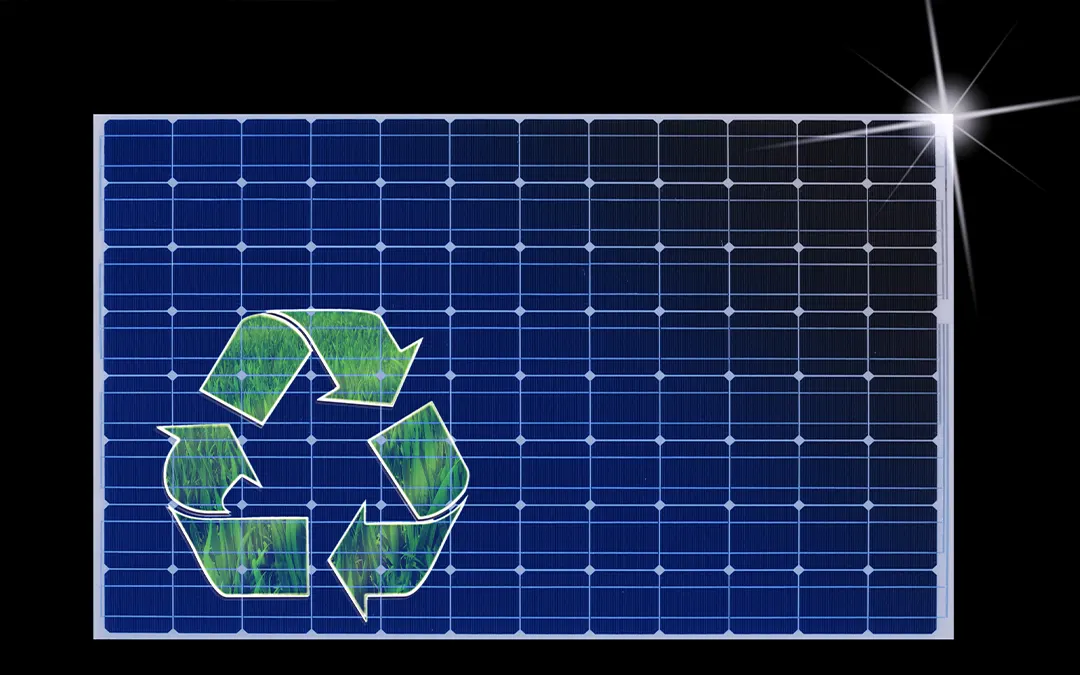Solar panels have undeniably become the superheroes of the energy world, harnessing the power of the sun to provide clean and sustainable electricity. But as we bask in the glory of renewable energy, an important question arises: What happens when these superhero panels reach the end of their lifecycle? Can solar panels be recycled?
Let’s embark on a journey to uncover the eco-friendly secrets and the recyclability of solar panels.
The Solar Panel Lifecycle
Before we dive into recycling, let’s understand the journey of a solar panel. These photovoltaic marvels have a lifespan of approximately 25 to 30 years. During this time, they silently convert sunlight into electricity, powering our homes and businesses while reducing our carbon footprint.
However, just like any superhero, solar panels age, and efficiency decreases over time. When they reach the end of their useful life, responsible disposal or recycling becomes paramount.
The Composition Puzzle
Solar panels are typically made of materials like silicon, glass, metal, and various other components. The big question is, can these elements be separated and reused?
The good news is, yes, they can!
Solar Panel Recycling Process
- Collection and Transportation: The first step in the recycling journey is collecting the retired solar panels. These can come from residential rooftops, commercial installations, or large solar farms.Once collected, the panels are transported to specialized recycling facilities.
- Shredding and Separation: At the recycling facility, the solar panels go through a shredding process to break them down into smaller pieces. The shattered components are then separated into different materials using advanced technologies.
- Recovery of Materials: Silicon wafers, glass, and metals can be recovered and reused. Silicon, a valuable material in solar panels, can be purified and utilized in the manufacturing of new panels.
- Proper Disposal of Residuals: Any materials that cannot be directly recycled are disposed of responsibly, ensuring minimal environmental impact.

Challenges in Solar Panel Recycling
While the process sounds promising, challenges exist. Some solar panels contain hazardous materials, such as cadmium or lead, which require careful handling and disposal. Innovations and advancements in recycling technologies are continuously addressing these challenges to make the process more efficient and environmentally friendly.
The Push for Sustainability
As the solar industry continues to expand, there’s a growing emphasis on sustainability and responsible waste management. Manufacturers are increasingly adopting eco-friendly designs, incorporating recyclable materials and minimizing hazardous elements.
Your Role in Solar Panel Recycling
As a solar panel owner, you play a crucial role in the recycling ecosystem. When it’s time to retire your solar panels, connect with recycling programs or facilities that specialize in handling photovoltaic waste. Many regions and countries are developing regulations to ensure the proper disposal and recycling of solar panels, making it easier for conscientious users to do their part.
The Bright Future Ahead
In the quest for sustainable energy, the recyclability of solar panels adds a bright gleam to the horizon. As technology advances and awareness grows, the solar industry is paving the way for a cleaner, greener future.
So, the next time you bask in the glow of your solar-powered home, rest assured that the superhero panels are not just saving your energy bills but are also contributing to a more sustainable world through the wonders of recycling. The journey from sunlight to electricity is indeed a full circle, bringing us closer to a cleaner, more environmentally conscious future.

